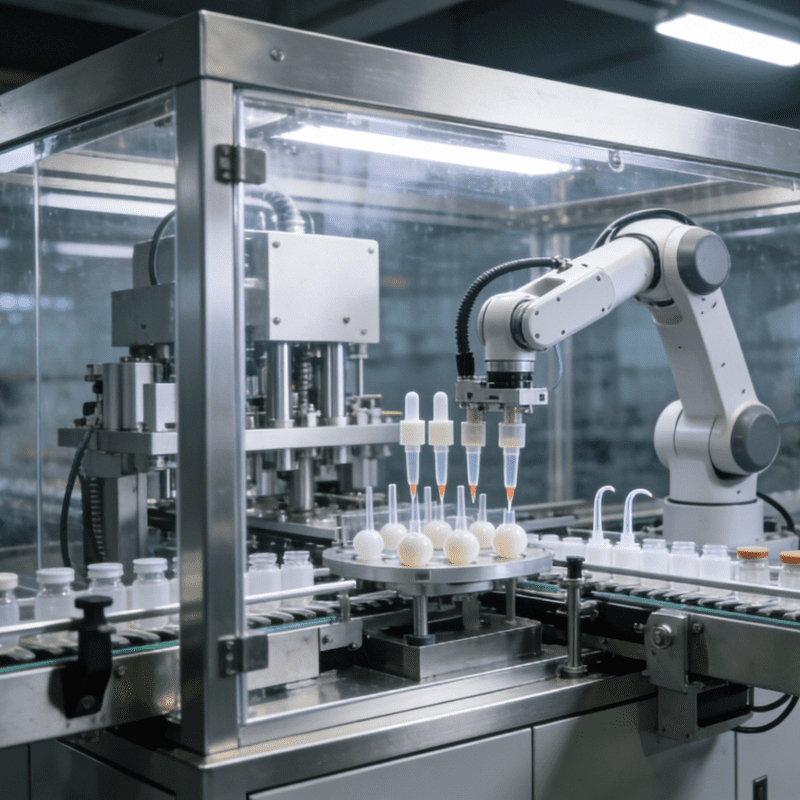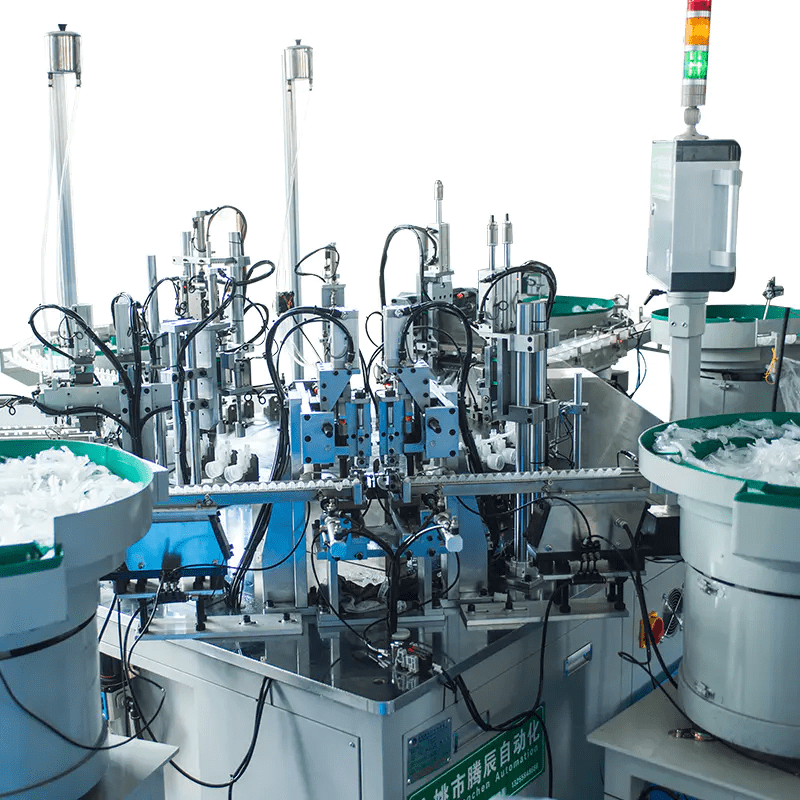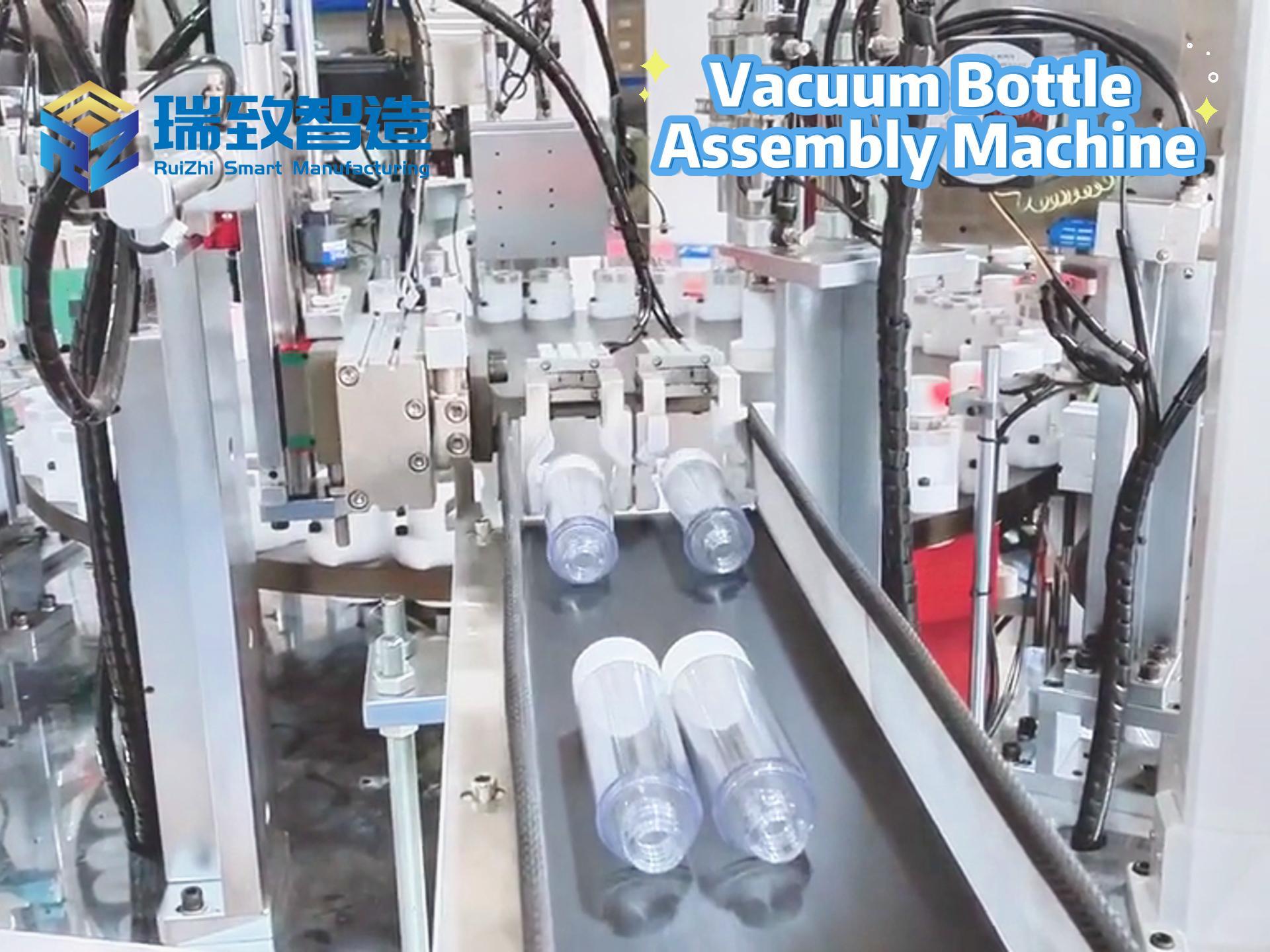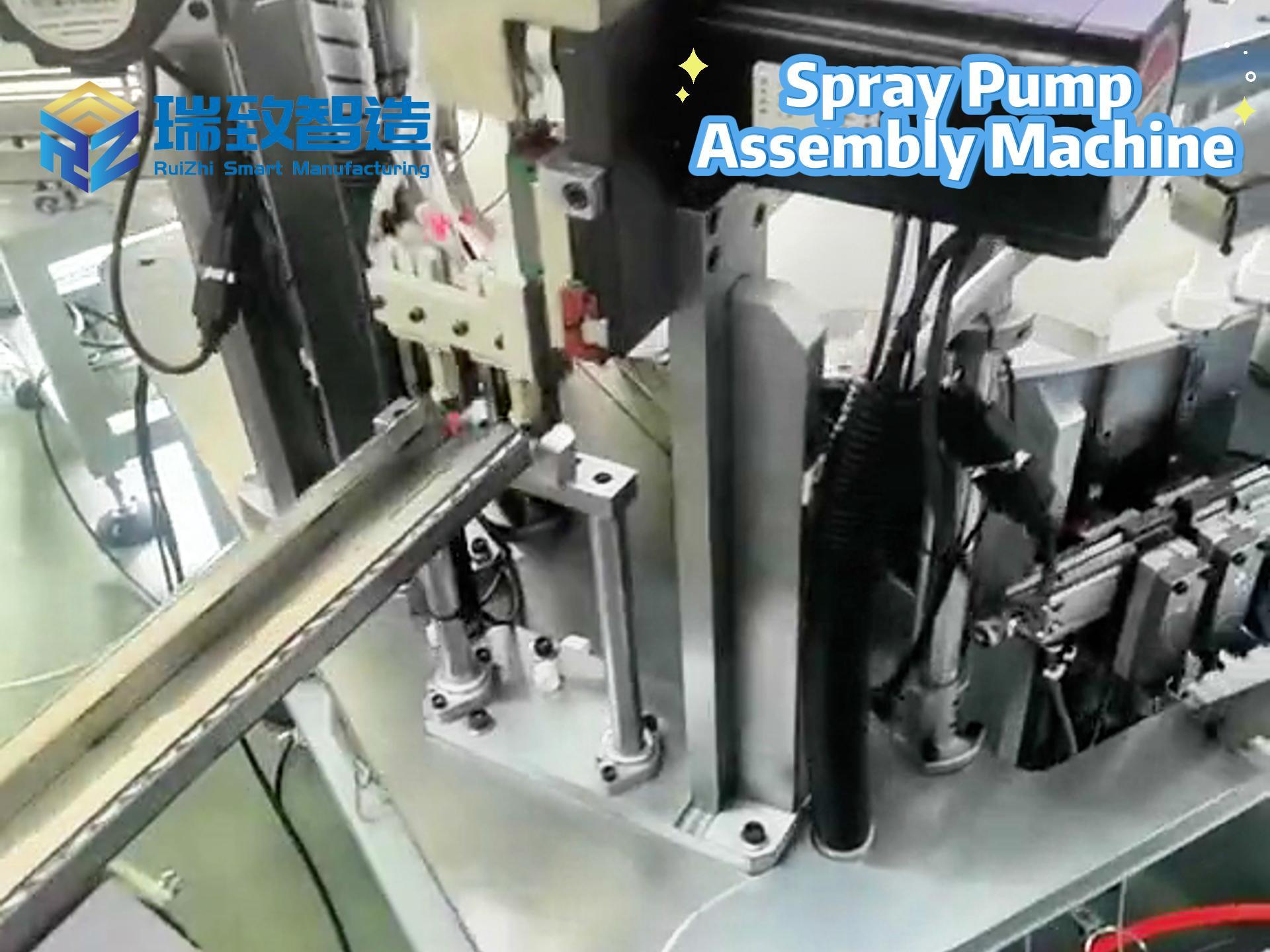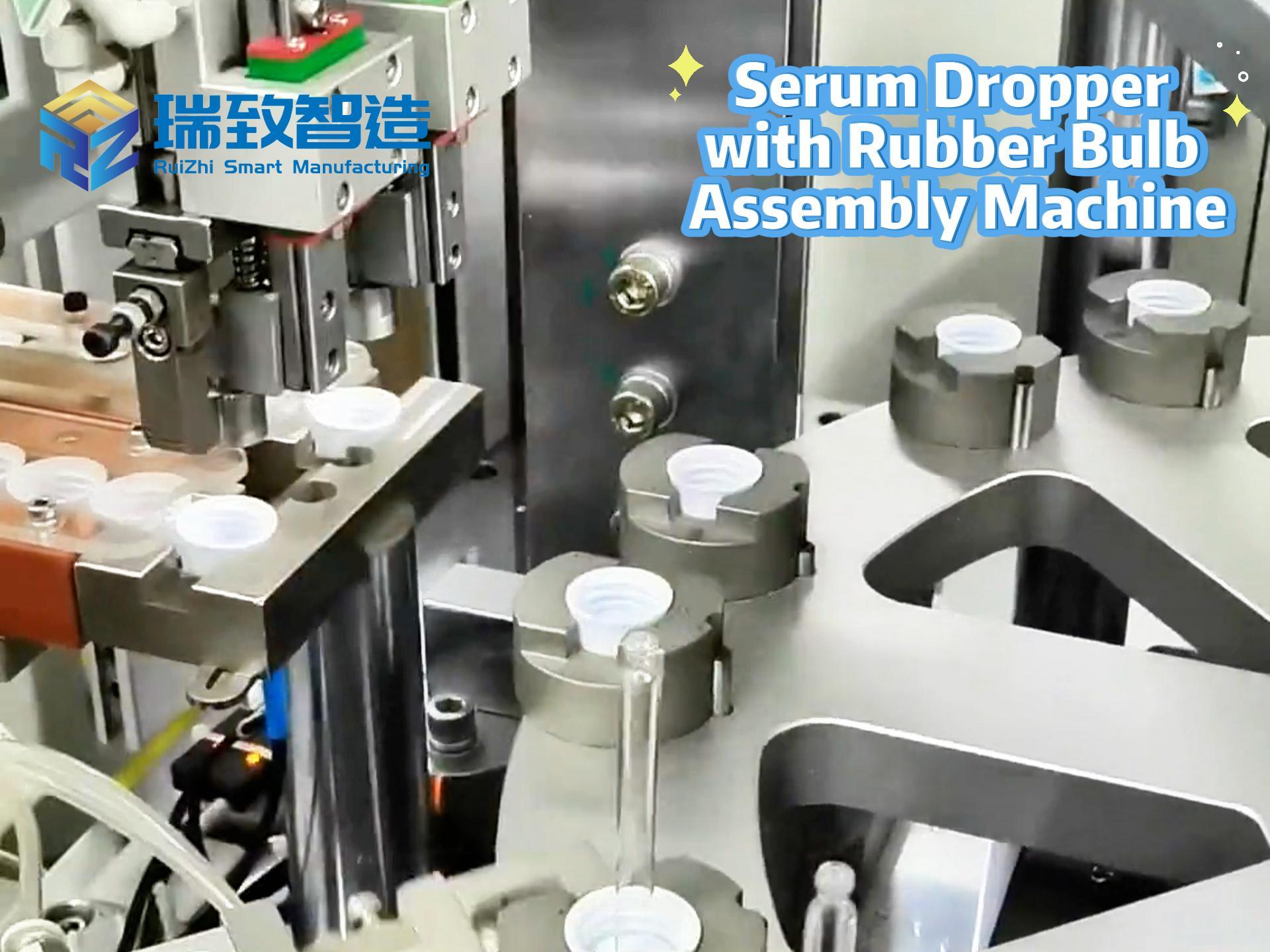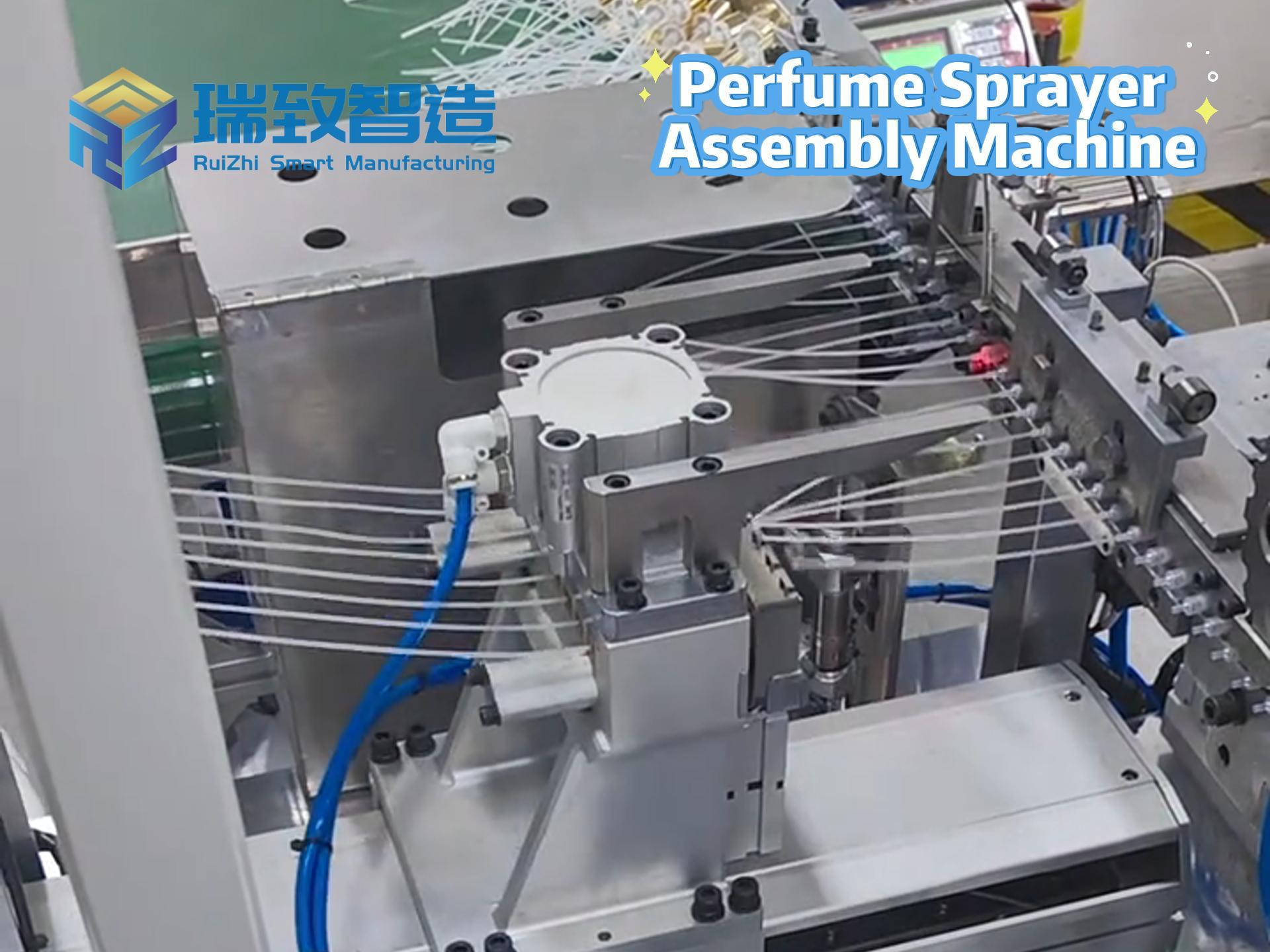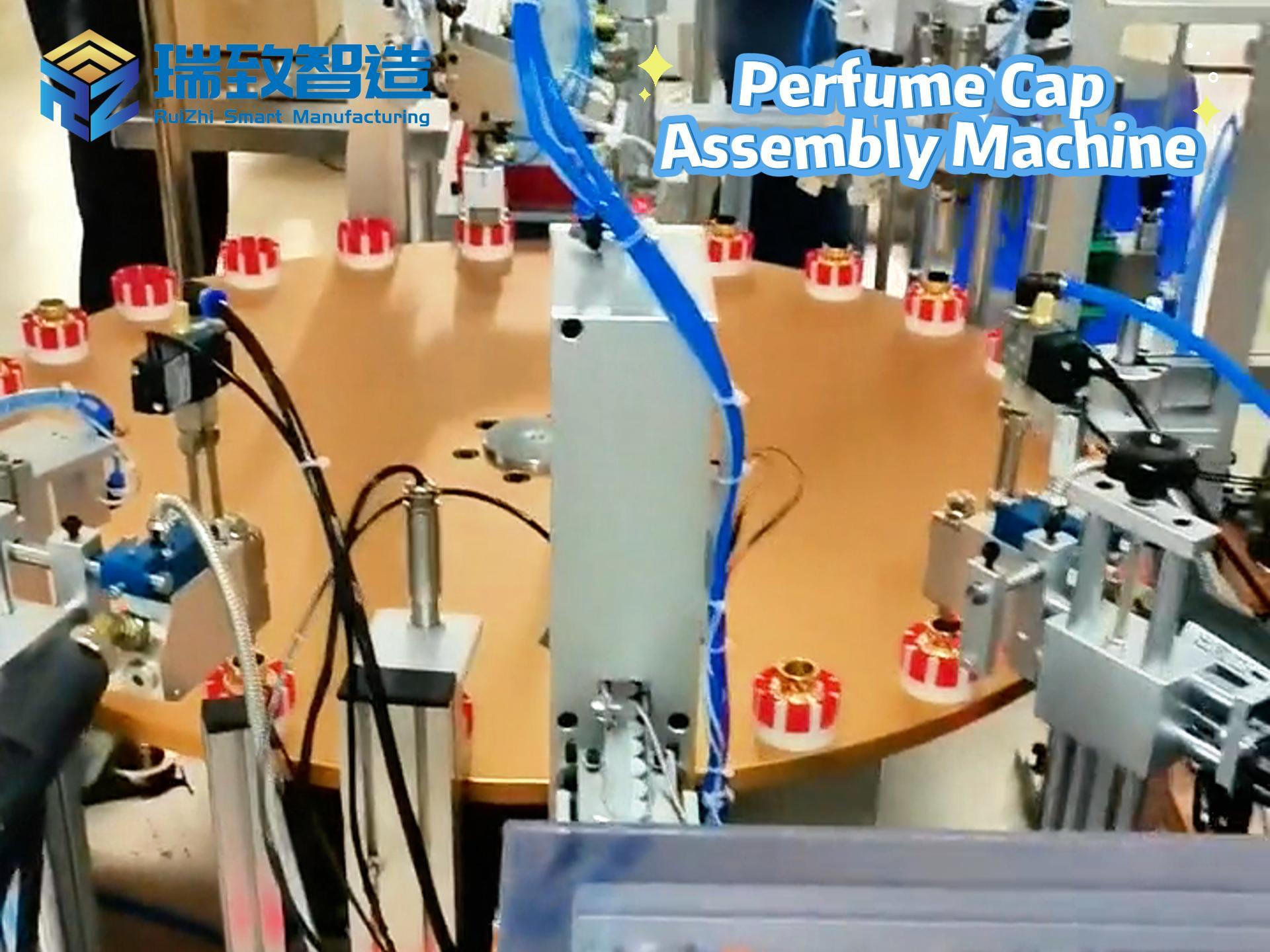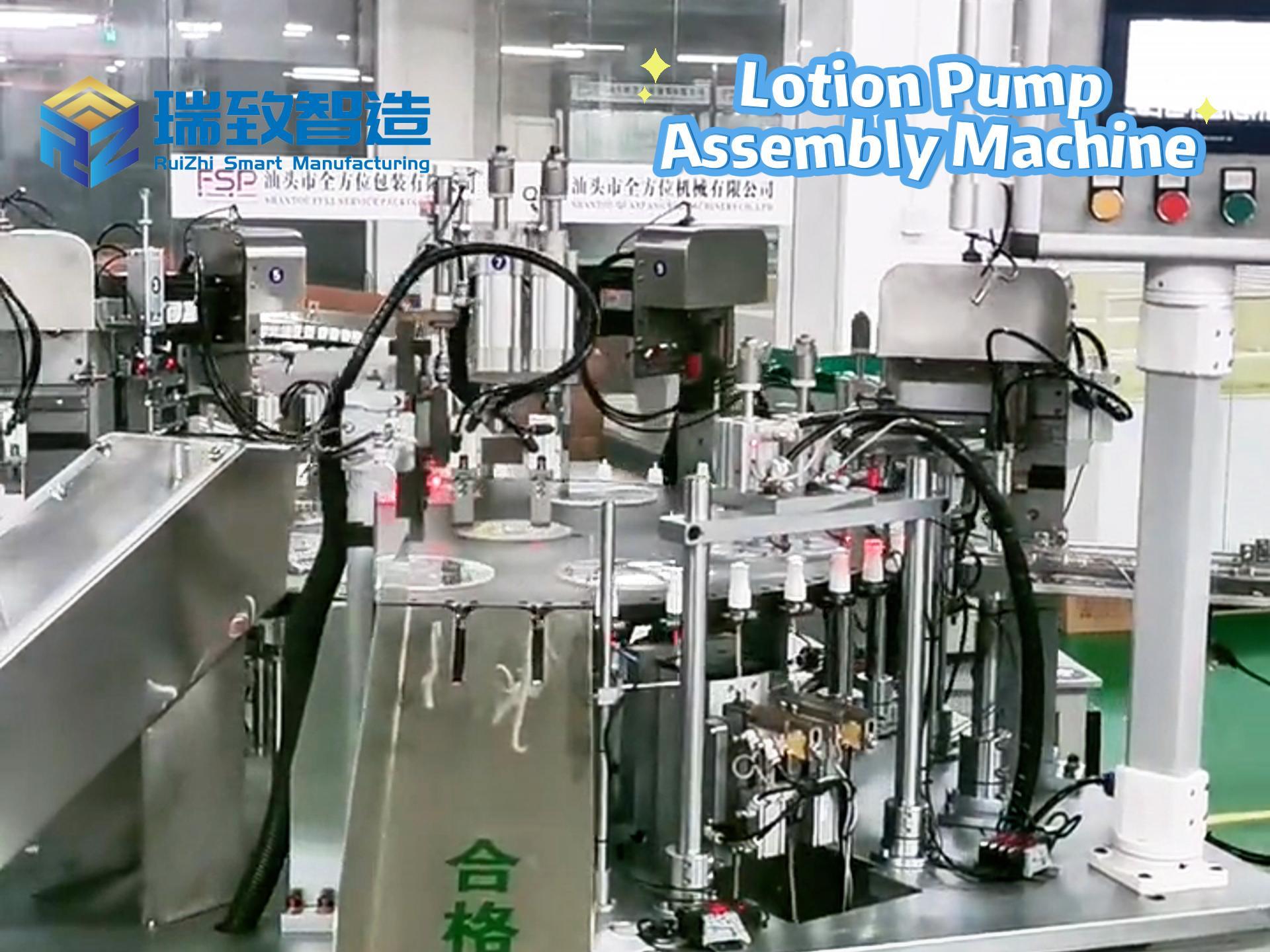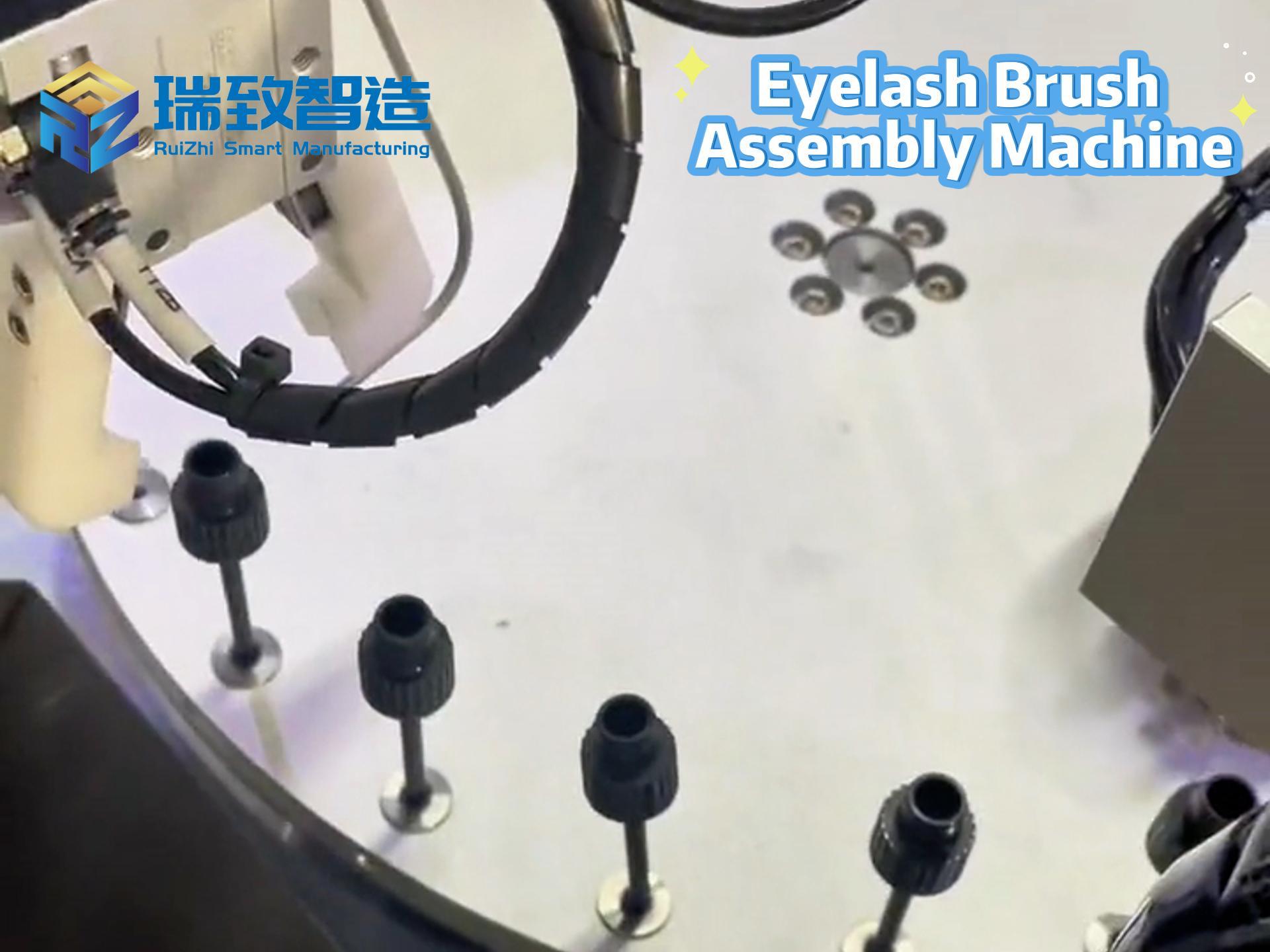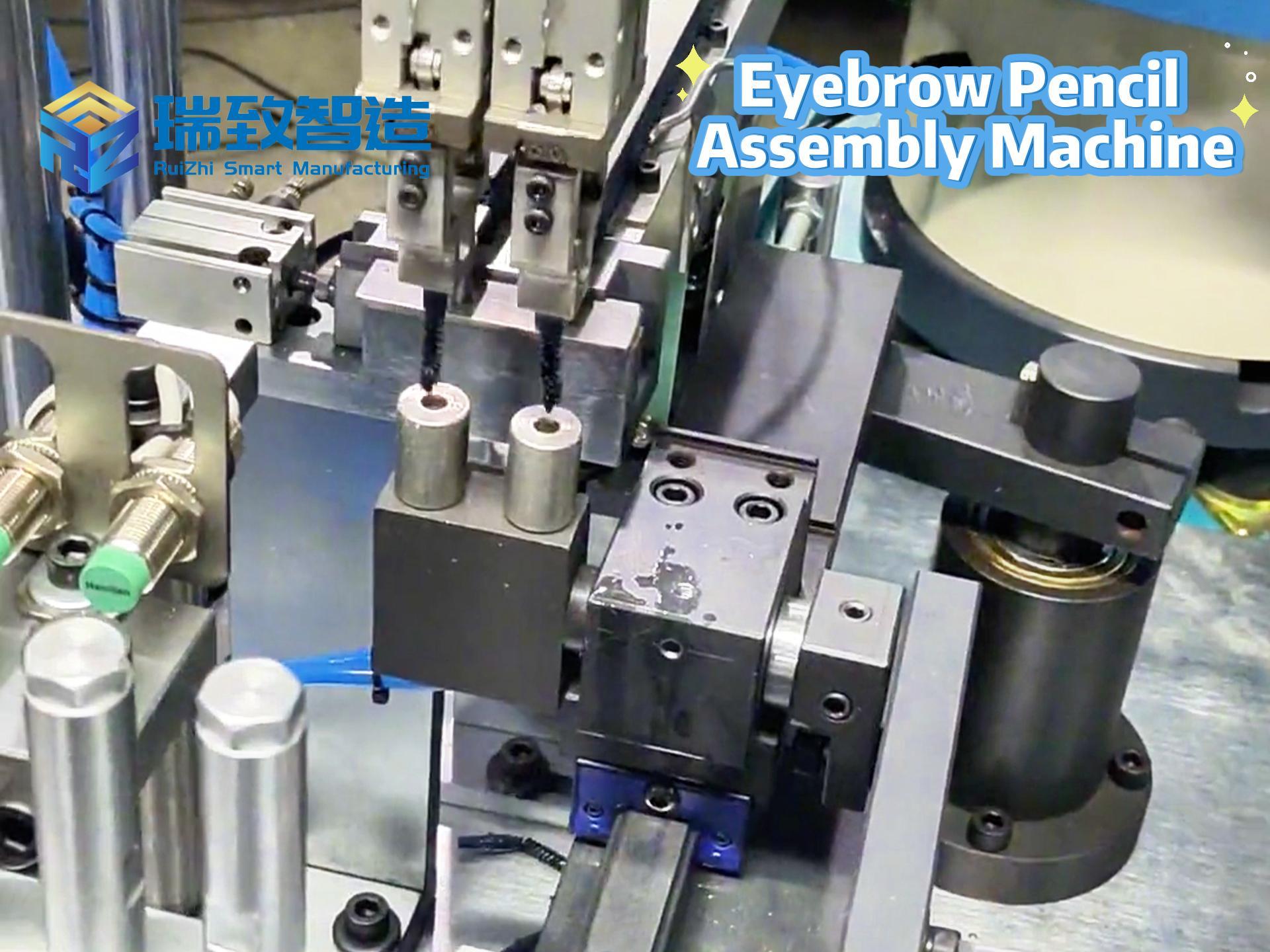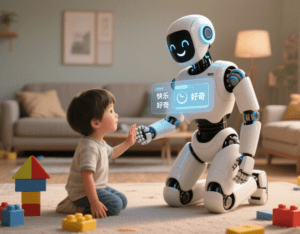
Recently, Shanghai Fourier Intelligence Co., Ltd. (hereinafter referred to as “Fourier Intelligence”) officially released its first full-size humanoid Care-bot GR-3 (hereinafter referred to as “GR-3”) in Beijing. This robot focuses on interactive companionship and features a “touchable” design.
According to data compiled by the Smart Manufacturing Network, it has been nearly a year since the launch of Fourier’s previous humanoid robot GR-2 (hereinafter referred to as “GR-2”). GR-2 stands 175cm tall, weighs 63kg, and has a total of 53 degrees of freedom (DoF). The upgraded GR-3 is 165cm tall and weighs 71kg, with an increased 55 DoF in total—its torso DoF has been enhanced to support more human-like body expressions.
It is reported that GR-3 is equipped with Fourier Intelligence’s self-developed high-performance integrated actuators and 12-DoF dexterous hands, which can meet the motion control needs of scenarios such as daily interaction, guided tours, and companionship, providing stable technical support for diverse services.
GR-3 adopts a new-generation dual-battery hot-swappable architecture, which, combined with a dynamic energy allocation system, enables seamless switching between the two batteries. This design increases the single comprehensive battery life to 3 hours, representing an approximately 50% improvement compared to the previous generation.
The system effectively suppresses inrush current and arc generation during battery swapping, allowing the robot to replace batteries without shutting down. This design not only reduces the risk of system downtime but also provides hardware-level support for 24/7 uninterrupted operation from the perspective of energy supply—making it suitable for long-duration, high-reliability application scenarios such as medical care and venue guided tours/inspections.
Notably, GR-3 breaks away from the traditional metallic design framework and innovatively adopts Morandi warm color schemes, supercar-grade interior wrapping materials, and safe, eco-friendly “GFOAM” soft inner padding. This combination delivers a warm and gentle visual and tactile experience to users.
Furthermore, GR-3’s exterior design deeply embodies the concept of “emotional design”. Through bionic biology and human-centric details, it weakens the “coldness” of machines. Its brown, vivid eyes simulate a warm gaze; when paired with soft facial curves and a rounded body proportion, the robot conveys a sense of reassurance and approachability even in a static state. Abandoning the rigid lines and obvious seams of traditional machinery, GR-3 uses continuous curvature and non-threatening body language to reduce users’ sense of distance and subconscious vigilance, making it a more acceptable medium for emotional interaction in most public scenarios.
It is worth mentioning that Fourier Intelligence has always embedded the “people-oriented” concept deeply into GR-3’s design.
Beyond being a functional device, the robot is also shaped into a social companion with emotional interaction capabilities. This design aims to recognize and understand human emotions, and convey warmth and kindness through natural, vivid interactions. In diverse scenarios such as guided consultation, health care companionship, and scientific research innovation, GR-3 builds a more trustworthy human-machine emotional connection and intelligent collaboration experience.
Looking to the future, GR-3 will continue to evolve—further deepening its understanding of human behaviors and scenario-specific needs, and gradually integrating into more concrete and delicate daily interaction contexts. It will drive the human-machine relationship from “functional satisfaction” to “emotional integration”, allowing technology to truly become an “omnipresent” and considerate presence.
In addition, Fourier Intelligence has also laid out plans for ensuring the production of core robot components and improving the industrial chain. Its self-developed Wire harness coil printing and packaging machine has been applied to the core wire harness production of both GR-3 and the open-source robot Fourier N1. This equipment enables integrated operations including automated printing of identification marks on wire harness coils, precise winding, and sealed packaging. Through a visual inspection module, it real-time verifies the printing clarity and coil winding accuracy, ensuring that each batch of wire harnesses meets the high stability requirements for signal transmission in the robot’s internal circuits. At the same time, it increases wire harness production efficiency by 35% and controls the defect rate below 0.1%, providing key manufacturing support for the mass production of robot bodies and the standardized supply of ecological equipment.
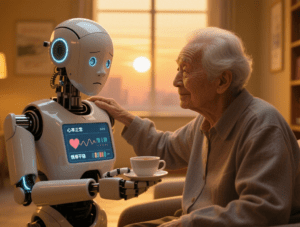
Fourier Intelligence is also actively involved in building the robot ecosystem.
According to relevant media reports, on April 10, 2025, Fourier Intelligence released its first open-source humanoid robot, Fourier N1—marking a substantial step forward in the company’s efforts to promote industry ecosystem development. This robot stands 1.3 meters tall, weighs 38 kilograms, and has 23 DoF. Its compact hardware structure is made of a composite of aluminum alloy and engineering plastics, balancing body strength and flexibility. Notably, its back-mounted plug-in battery design supports more than 2 hours of continuous movement, effectively meeting the needs of high-frequency testing and convenient deployment.
As early as March this year, the company had already released the full-size humanoid robot dataset “Fourier ActionNet” and a supporting end-to-end toolchain, providing crucial “data fuel” for algorithm development and training. From opening up software algorithm tools to making hardware platforms open-source this time, Fourier Intelligence is gradually building its three-in-one open system of “hardware + algorithms + data”.
The ultimate vision behind this series of initiatives is to serve its ambitious “Fourier Nexus” general robot ecosystem network. This platform aims to take robot body technology as the foundation, connect the entire chain from algorithm development and hardware manufacturing to commercial application, and systematically reduce R&D thresholds and accelerate iteration efficiency through technology sharing. From open-source datasets to open-source robot bodies, these efforts not only reflect Fourier Intelligence’s commitment to open competition but also demonstrate its long-term determination to promote the joint construction, sharing, and common prosperity of the humanoid robot industry.
In the future, Fourier Intelligence will continue to work with global developers to explore the future boundaries of humanoid robot technology, promote the sharing and innovation of robot technology, and create infinite possibilities for robots to empower the future together with partners from various industries.
What will the future development of humanoid robots look like, and how will the robot ecosystem be built? Let’s wait and see.
What is the market price of a continuous motion multi-piece special-shaped machine?

